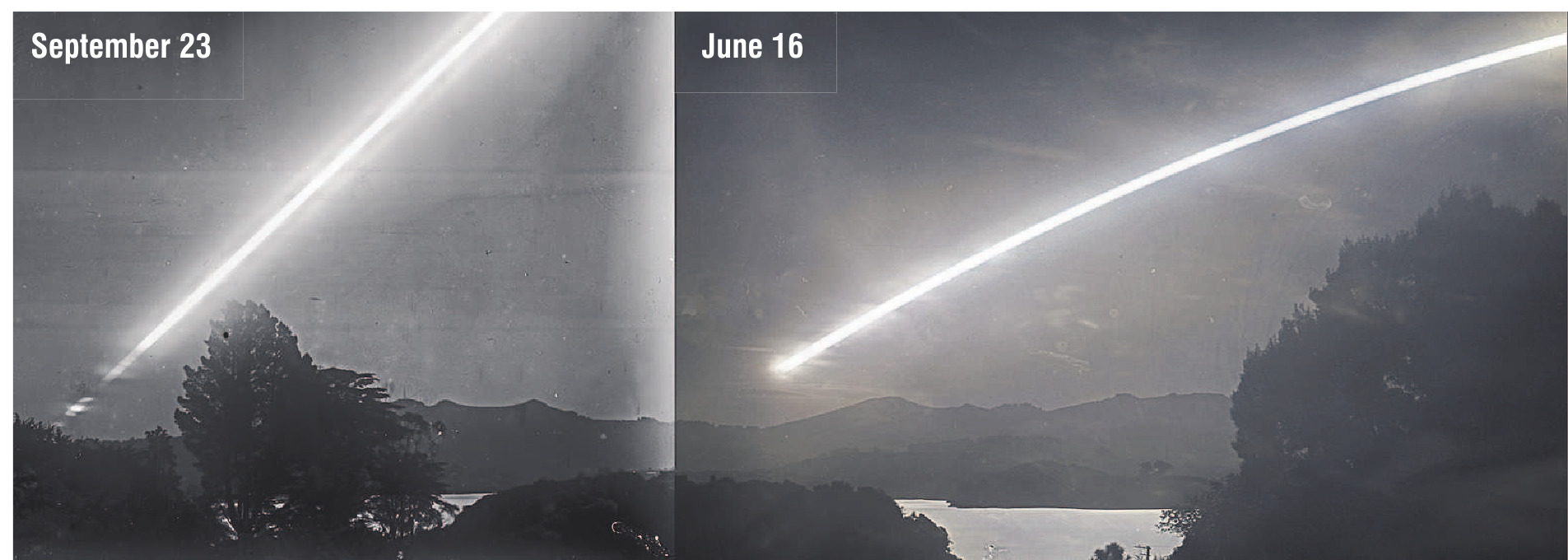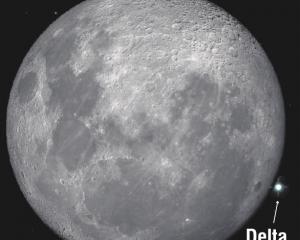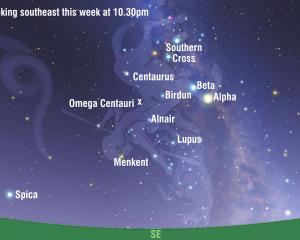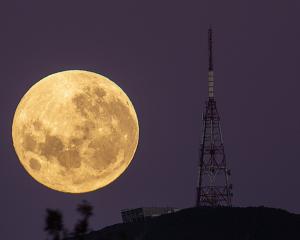

One such project is photographing the daily motion of the sun. And by photographing I don’t mean using high-tech digital cameras. I’m talking about back to basic "old fashioned" analogue photography. I use film that has to be developed using chemicals in a darkroom set up in my re-purposed laundry.
In an earlier column, I shared a nine-month exposure taken using a pinhole camera. That image rather beautifully demonstrated the sun’s daily movement between spring equinox and winter solstice. Of course, in reality, it is not the sun that is moving, but Earth, as our planet orbits our parent star.
Inspired by that image I pondered what wonders I could capture using a really old camera from my collection. The ancient camera uses 5-inch by 4-inch glass plates, which, believe it or not, can still be purchased online!
Around the time of the winter solstice in June, I took a four-hour exposure of the sun setting behind Pudding Island, as seen from the deck of my Portobello home. I repeated the exercise on September 23, the date of the spring equinox. This week’s accompanying image shows the result of combining these two exposures.
I find it fascinating to see how much the position of sunset has moved southwards along the horizon between solstice and equinox. It is also possible to see how the angle is steeper near the equinox than at the winter solstice. This is why twilight is shorter in September than in June. All being well, I plan to complete this sequence with another image near the summer solstice in December, to complete my trio of sunset panoramas.
Glass plate photography is definitely not for the fainthearted. However, one of the benefits of this type of photography is being able to sit in the darkroom with a safe light switched on, watching the image develop right before your eyes.












